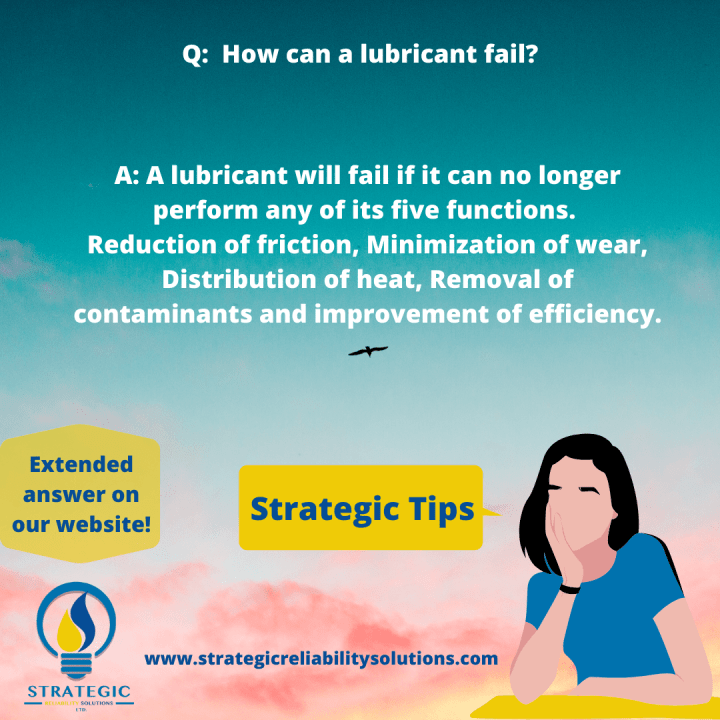
Can I mix hydraulic oils with engine oils?
Oils should never be mixed!
Every oil is designed with its application in mind. As such, they are blended with varying concentrations and types of additives. For instance, a typical engine oil has at least 30% additives while a turbine oil may have only 1% additive.
Hydraulic oils are designed for applications where power has to be transmitted through the lubricant. On the other hand, engine oils are designed to withstand varying temperatures (gasoline engines have a different temperature range compared to diesel engines. Diesel engines generally run at higher temperatures than gasoline engines).
Always pay particular attention to what the OEM recommends. Usually, the OEM will recommend that a lubricant meets a particular global standard (API SN or CK4). These standards were developed to ensure the best performance of an engine and should be adhered to when choosing lubricants.




















